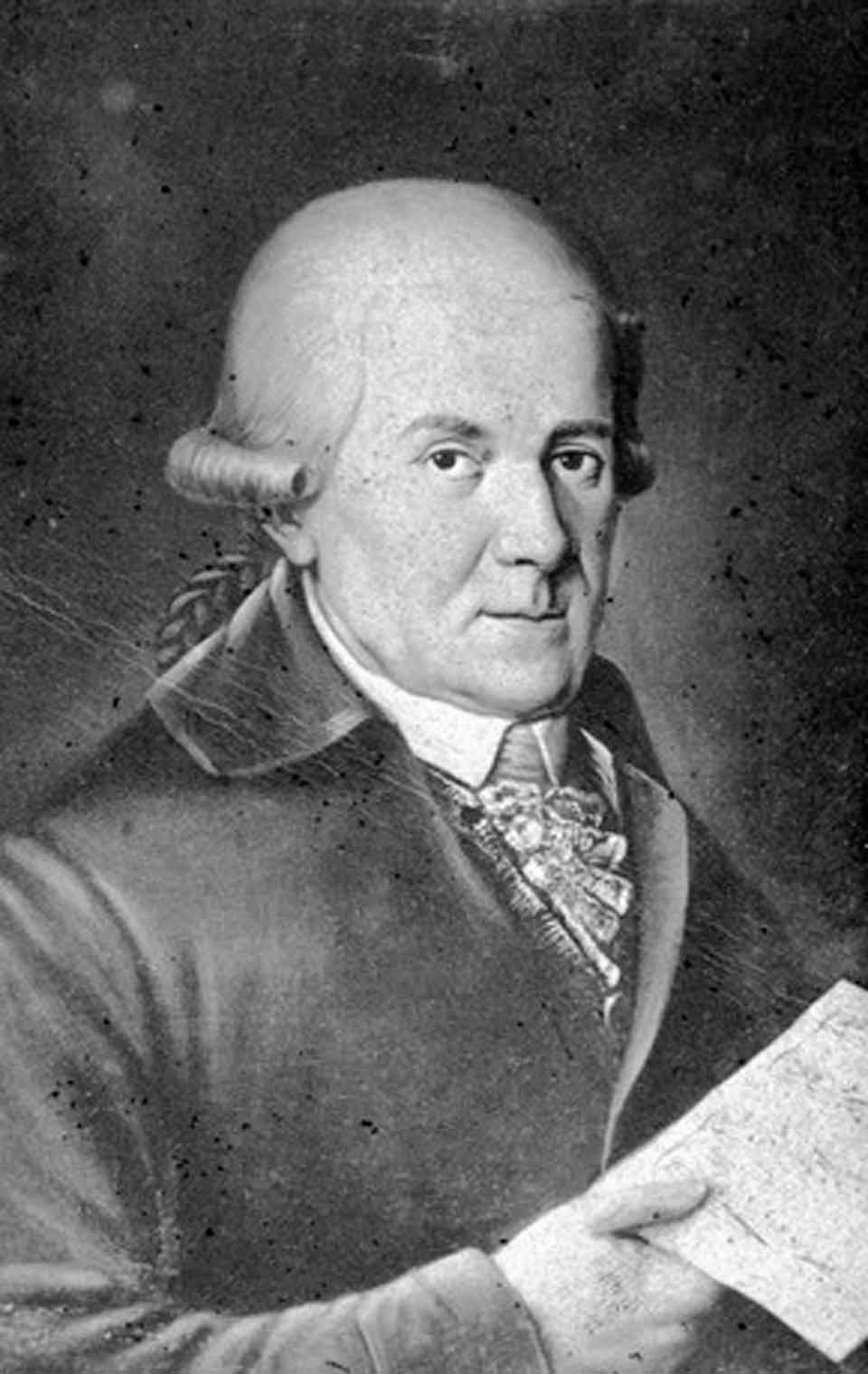
The other night after dinner I was thinking (an achievement in itself, after a few glasses of red) about what life might have been like for a musician in Europe during the middle years of the eighteenth century. This is assuming of course that one had the money to travel, a good education and a desirable and successful position in society. You see, the middle of the eighteenth century marked a time of significant change in music. The music and art of the baroque era which had been dominant for well over a hundred years, were being regarded as increasingly dowdy and old-fashioned, especially to the younger set.
It was that around this time, possibly as early as 1720 that a new, lighter style of music began to emerge. Gone was the elaborate counterpoint and the complex harmonies of yesteryear for the newer musical styles emphasized a return to simplicity and immediacy of appeal. It meant simpler, more song-like, easy-on-the-ear melodies, decreased use of counterpoint and a simplified harmonic vocabulary. There was also a clearer distinction between soloist and accompaniment and this was especially reflected in the music of the opera.
The newer approach to composing was known as “the gallant style”. The word comes from the French galant where it implied a person of fashion who was also cultured and virtuous and it lives on in the English use of “elegant”. The new music was not so much court music, but music of the emerging concert halls and it thrived in Naples, Venice, Dresden, Berlin, Stuttgart, Mannheim and Paris. Later, this lighter style of music moved to London where composers Johann Christian Bach and Carl Friedrich Abel delighted audiences with their new orchestral works.
Predictably, not everyone was thrilled with this musical change. The German writer and composer Johann Samuel Petri, in his weighty tome of 1782 entitled Anleitung zur praktischen Musik dismissively snorted that the gallant style was a “great catastrophe in music.” And in case you were wondering, he was not directly related to Julius Richard Petri, the German microbiologist who invented the Petri dish. But great catastrophe or not, this was the musical world in which Mozart, Franz Joseph Haydn and his younger brother Johann Michael Haydn were born. Not surprisingly, the gallant style had a significant influence upon their early works.
Michael was five years younger than his more famous brother Joseph Haydn. He too was born in the Austrian village of Rohrau, near the Hungarian border. His father was an enthusiastic folk musician who had taught himself to play the harp. He also made sure that his children learned to sing properly with the result that following his brother’s footsteps, Michael was packed off to Vienna at the age of eight. Like Joseph, he became a boy soprano in the St. Stephen’s Cathedral. By the time he was twelve, he was earning extra money as a deputy cathedral organist and had already started composing his own music. In 1762, Michael Haydn was appointed concertmaster at Salzburg, where he wrote over 360 compositions. He was a friend of Mozart, though Mozart’s virtuous father Leopold, thought him a bit too fond of the bottle.
This delightful three-movement concerto bears all the hallmarks of the gallant style: catchy elegant melodies and an emphasis on basic tonic-dominant harmonies. It’s full of spirit too, a bit like the composer himself, if Leopold Mozart is to be believed. But there’s no doubt that there’s a competent composer at work here. After a lively and energetic first movement, there’s a lovely melody-rich slow movement which seems to reflect the flavour of Italian opera. The graceful finale is typical gallant with some virtuosic violin writing.
Throughout his professional life, Michael lived under the shadow of his older and more successful brother, Joseph Haydn. Yet the two remained close and Joseph evidently held his brother’s music in high regard, especially the religious music which he felt superior to his own. However, history has favoured Joseph rather than Michael. It was Joseph who earned the appellation “the father of the symphony” and the “father of the string quartet” and rightly so. Nevertheless, it’s a shame that Michael’s music is so rarely performed these days. Just listen to this brilliant flute quartet, quite as fresh and exciting as those more famous examples by Mozart. There are some splendid virtuosic passages for flute and violin and the music positively boils over with excitement and brilliance.
To watch these YouTube videos, either use your Smartphone to read the QR codes or go to this article online, click on the “live” links and go direct to the videos. If you have a laptop, sound quality can be improved significantly by using headphones or external speakers.
 |
 |
 |




